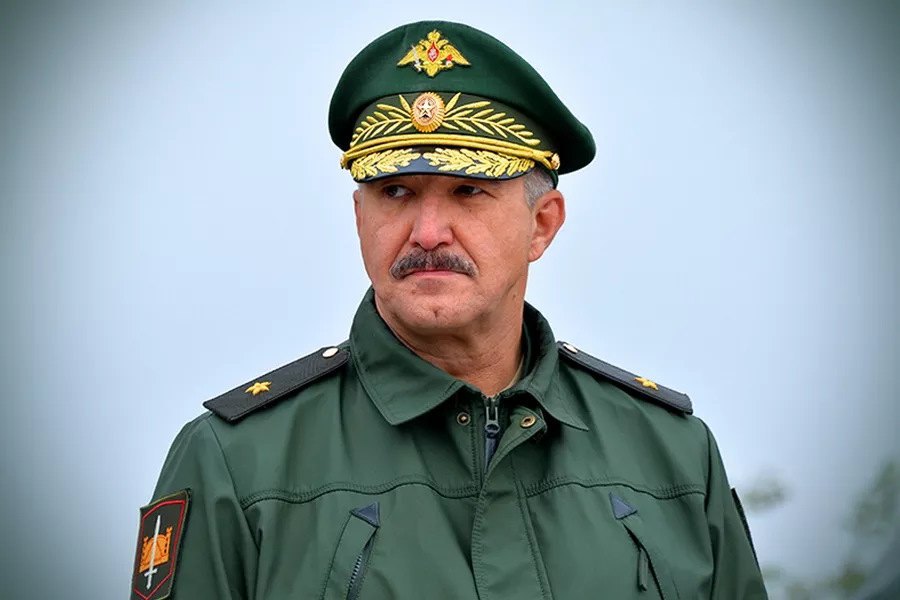
- Russian Defence Minister Sergei Shoigu appointed Col-Gen Sergei Kuzovlev as commander of the Southern Military District and Lt-Gen Yevgeny Nikiforov as commander of the Western Military District. The group of troops of the Southern Military District is fighting in the area of Donetsk-Vuhledar, and that of the Western Military District in the area of Kupyansk-Svatove-Kreminna. The groups have been assigned commanders;
- Members of the Russian State Duma, Andrei Kartopolov and Andrei Krasov, have submitted a bill that allows commanders of military units and commandants of Russian garrisons to arrest personnel, send them to the brig and keep them there for up to 10 days without a court order. The Russian parliament is putting together a legal framework for commanders' activities and empowering them to make extrajudicial decisions, which may mean both an urgent need to radically improve the morale of the troops involved in the war against Ukraine and preparations for a large-scale replenishment, whose morale will be even worse;
- As of 30 January, the State Duma was still to consider up to 20 bills on granting deferrals in the event of mobilisation to various categories of citizens. The legal framework for the next wave of mobilisation is being created;
- The commander of the "special military operation", Gen Gerasimov, is taking measures to integrate regular units of the Russian Armed Forces, manned by contract soldiers, mobilised servicemen, separatist formations of the DPR and LPR, "volunteer battalions", BARS forces, Cossack and Chechen units, mercenaries of various PMCs into the traditional hierarchical structure, demanding that the uniforms and appearance of the personnel be brought into line, and that statutory relations between categories of servicemen be restored. He is trying to prevent the progressive degradation of the troops, establishing control and seeking to restore the group's controllability at all levels;
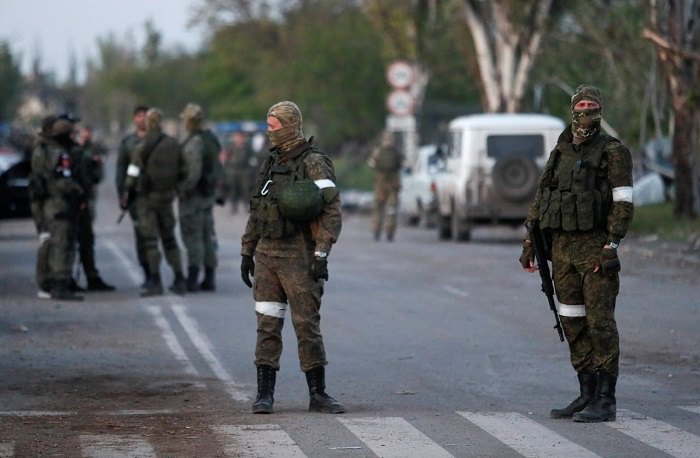
- The Russian military command is attempting to take control of the activities of those who cover the Russian group's combat operations in Ukraine. The Russian Defence Ministry and General Staff are taking steps to regain control of the information space, at least in the operational zone;
- The redeployment of the 2nd Motor Rifle Division from Belarus to Luhansk Region is nearing completion. Earlier, the 76th Air Assault Division, 98th Airborne Division, 31st Separate Air Assault Brigade of the Russian Federation Armed Forces, and units of the 47th Tank Division of the 1st Tank Army arrived there from the Tavriya sector. Part of the airmobile forces were engaged in combat in the Lyman and Bakhmut sectors. Large groups of mobilised people have been repeatedly observed being deployed there. In the areas of Novoaydar and Starobilsk, the 85th and 88th Separate Motor Rifle Brigades of the 2nd Army Corps (up to 2,500 soldiers each) are being formed, using the resources of the 290th, 293rd, 259th, 294th, 302nd, 314th, 315th rifle battalions of the mobilisation reserve and the 202nd Rifle Regiment of the 2nd Army Corps mobilisation reserve. Between December and January, the Russian group there increased from 25,000 to 49,000 servicemen. The quality of training of the units is low. The redeployment of the most combat-ready airmobile units to this area and their reinforcement with other troops indicates preparations for a counter-offensive operation;
- Units of the 144th Motor Rifle Division of the 20th Army, the 76th Air Assault Brigade of the Russian Armed Forces, and the 4th BrTrO of the 2nd Army Corps are trying to regain positions lost near Kreminna. The enemy has increased fire activity in this area of the front. Attempts to stabilise the front line may indicate an attempt to create conditions for the planned deployment of a strike group;
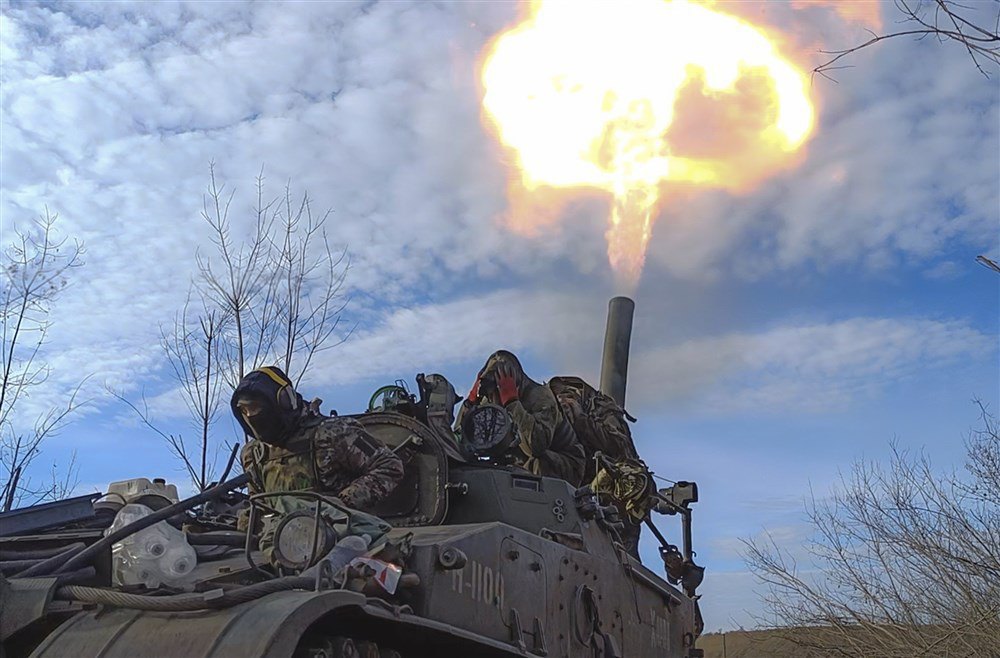
- At the end of January, the enemy concentrated up to 5,000 troops in the Mariupol area, and another 4,000 mobilised servicemen arrived at the Bilosarayska Spit and villages along the border of Mariupol and Volnovakha districts. In total, the group in the Mariupol area is estimated at 30,000 people. According to intelligence, the commander of the 58th Army, Gen Zusko, has concentrated up to four brigades (40th, 155th Separate Marine Brigade, 136th Separate Motor Rifle Brigade, 113th SPMR of the 1st Army) and two artillery brigades to attack Vuhledar. This group is estimated at 20,000 soldiers, 90 tanks, 180-200 infantry fighting vehicles, and about 100 guns. This is the group that has ALREADY attacked Vuhledar and was defeated, but is stubbornly trying to complete at least part of its task - to drive the Ukrainian Armed Forces out of Vuhledar. The enemy's reserves in this area have been defeated;
- In Belgorod Region, the enemy maintains a group of 17 battalions (5 of them are regular battalions from the 3rd Motor rifle Division, although they are manned mainly by mobilized servicemen). In Kursk and Bryansk regions, similarly sized and composed groups are maintained. Their presence should be seen as an attempt to force the Ukrainian Armed Forces Command to keep a response force in the border areas, which disperses the Defence Forces ahead of a possible Russian offensive in the coming months;
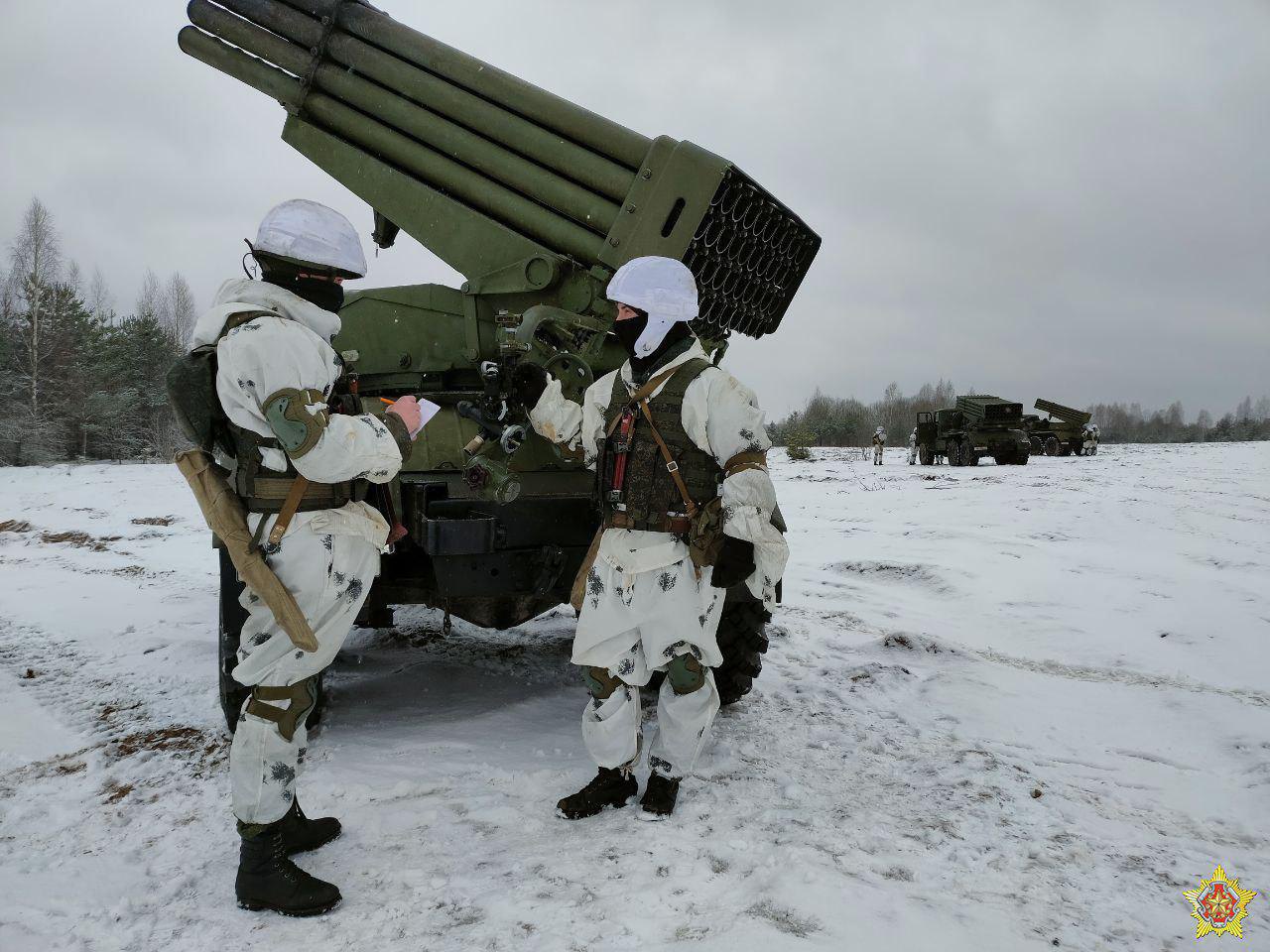
- The enemy is setting up explosive and non-explosive barriers in the Kupyansk sector. The enemy command does not rule out the possibility of an offensive by the Ukrainian Armed Forces in this area, so it takes measures in advance to complicate the logistics of Ukrainian forces that will advance. At the same time, the task of isolating the territory controlled by Ukraine between Kupyansk and the front line in the event of a Russian offensive is being addressed;
- An analysis of the supply of tanks to the Russian Armed Forces in Ukraine shows that on average 55% of the combat vehicles are in service, and the process of replenishing the group in Luhansk Region is underway. The enemy is unable to deliver a powerful strike;
- Up to 40 per cent of the tactical-level command positions in the Russian group remain vacant. The enemy will act in a patterned manner, adhering to classic tactics;
- The enemy stockpiles material and technical resources, but does so at a distance of 50-80 km from the line of contact, thus avoiding the destruction of a large number of stockpiles by a single strike of Ukrainian long-range precision weapons. The logistics format chosen by the Russian military command is not capable of supporting a large-scale offensive, only simultaneous actions of several formations in one or two directions;
- Strict limits on the use of artillery ammunition have been introduced. The enemy may be stockpiling in anticipation of a larger-scale offensive or may be short of shells;
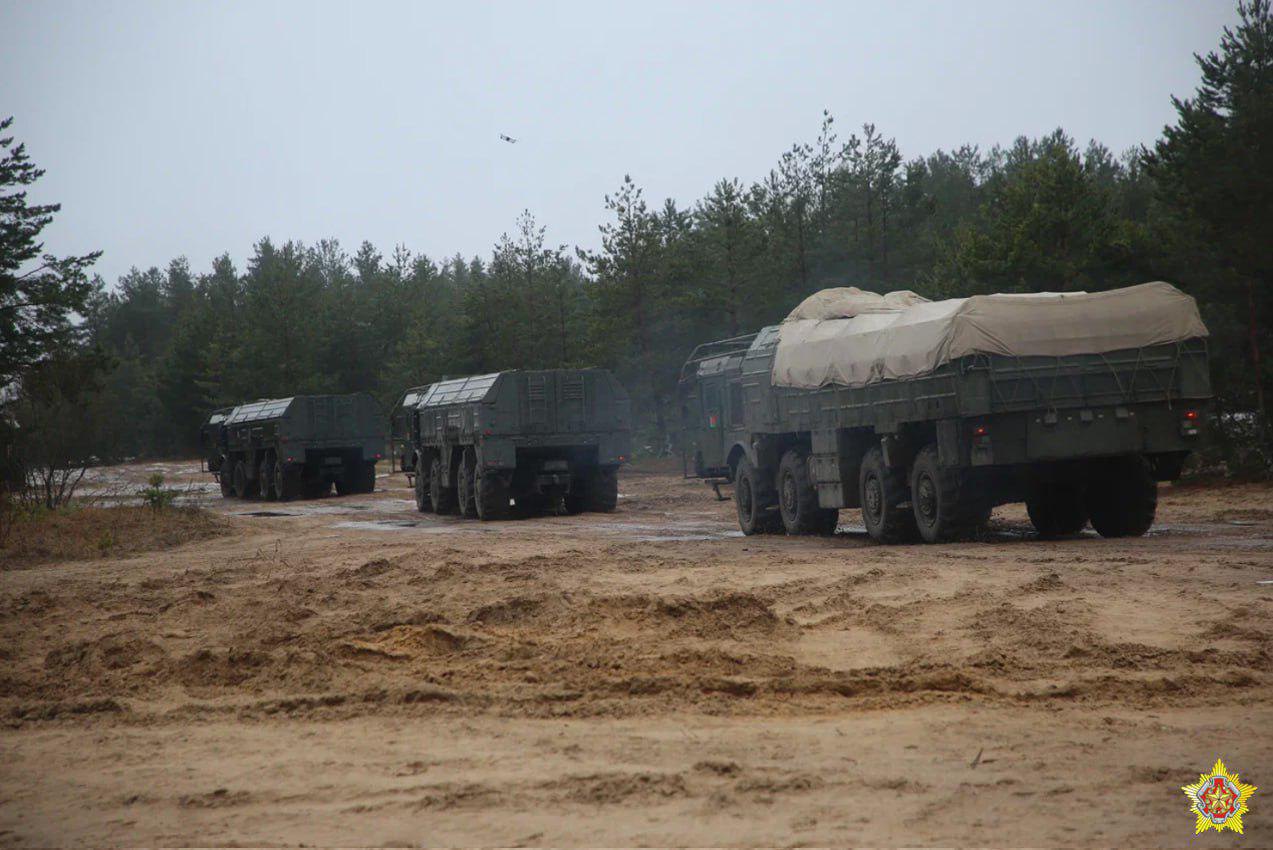
- The Russian group on the territory of Belarus (up to 7,500 people) is concentrated mainly in the western part of the country, is at training grounds and is restoring its combat capability. There are the 6th Motor rifle Division of the 3rd Army Corps, units of the 11th, 51st, 295th motor rifle divisions of territorial troops. The group has up to 90 armoured personnel carriers, up to 40 guns of various types, and 12 MLRS. Mobilised servicemen from Perm Territory, the Urals, and Moscow Region are being sent there. The Russian group in Belarus is not ready to conduct an offensive operation in terms of its forces, structure, and location;
- To ensure the stable functioning of the manning system, rotation of units, and concentration of reserves, the enemy's command deploys a network of base areas for each division/brigade, with a minimum distance of 90 km from the line of contact, and in areas bordering Ukraine, outside the HIMARS range. The enemy is trying to draw conclusions from the losses of personnel in the areas of concentration and to protect as much as possible the personnel to be used for replenishment;
- In the area of Dzhankoy-Armyansk, the enemy command has set up logistics centres to amass weapons. In anticipation of the next wave of mobilisation, the enemy is stockpiling military equipment to deploy army corps-level units in the Tavriya sector.
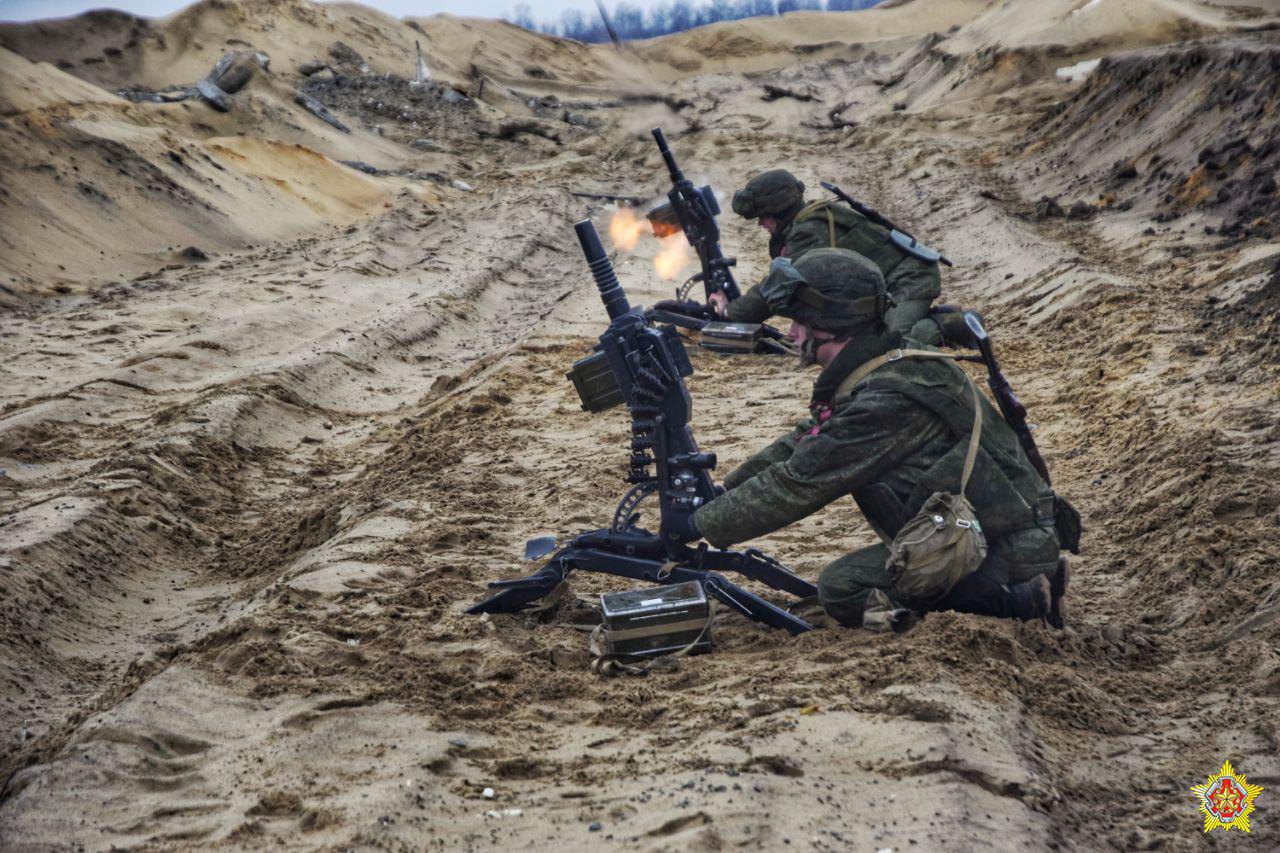
What is happening NOW?
- Ukrainian Armed Forces units did not attempt to advance in the areas of Svatove and Kreminna, choosing active defence tactics, successfully practising on previously conquered lines, and prevented the enemy from reaching the left bank of the Zherebets River, inflicting significant losses on the enemy mainly on the far approaches to their positions;
- The Russians have created an excessive density of troops in the Svatove sector, and the positions of these troops are poorly equipped in engineering terms, which makes it easier for the artillery of the Ukrainian Armed Forces to operate;
- Due to the lack of armoured vehicles, the enemy attacks by means of platoon-size infantry units, and rarely of company-size units, supported by artillery, which cannot operate effectively due to problems with information support (their main reconnaissance vehicle, the Orlan UAV, proved unsuitable for low temperature conditions);
- After the capture of Soledar, the enemy deployed additional forces in the area and is trying to take the village of Pidhorodnye and reach the M03 highway;
- The enemy is storming Avdiyivka and Maryinka to no avail;
- The Russians are trying to advance in the grey zone near Orikhiv, Zaporizhzhya region, while simultaneously training newly mobilised troops in conditions close to real combat. On 21-23 January, such attempts were stopped by Ukrainian Armed Forces units conducting mobile defence in this area;
- A struggle for control of the islands in the Dnipro River delta has begun, as the Ukrainian Armed Forces received combat boats last autumn;
- Weather conditions do not allow the use of armoured vehicles off-road, and low temperatures limit the use of UAVs.

What all of this means?
- The Russian Armed Forces do not have sufficient forces to advance along the entire front line in Ukraine (1,500 km), so they are forced to focus on capturing Donetsk and Luhansk regions before the next mobilisation;
- In the first half of January, the enemy command launched the first stage of a counter-offensive in the eastern (Luhansk) and southern (Vuhledar) operational zones, conducting a series of attacks to constrain the Ukrainian Armed Forces in the areas of Bakhmut, Vuhledar and Orikhiv, and creating conditions for the transition to the second stage of the operation - a counter-offensive on Lyman and Kupyansk;
- The first stage of the Russian Armed Forces' offensive is aimed at forcing the Ukrainian Armed Forces' command to use the maximum number of reserves before the arrival of tanks and other armoured vehicles from the allies;
- After achieving the objectives of the first stage, approximately in mid-February, the enemy command will launch a counter-offensive operation in the Luhansk sector to capture Lyman and Kupyansk;
- The third stage of Russia's military campaign this year is expected to begin in early June, when mobilisation, conscription, supply, training and deployment of at least 500,000 troops to operational areas is completed. Until then, the problems with the restoration and supply of major types of military equipment to the troops to the tune of at least 70% of the staffing requirements must be resolved.
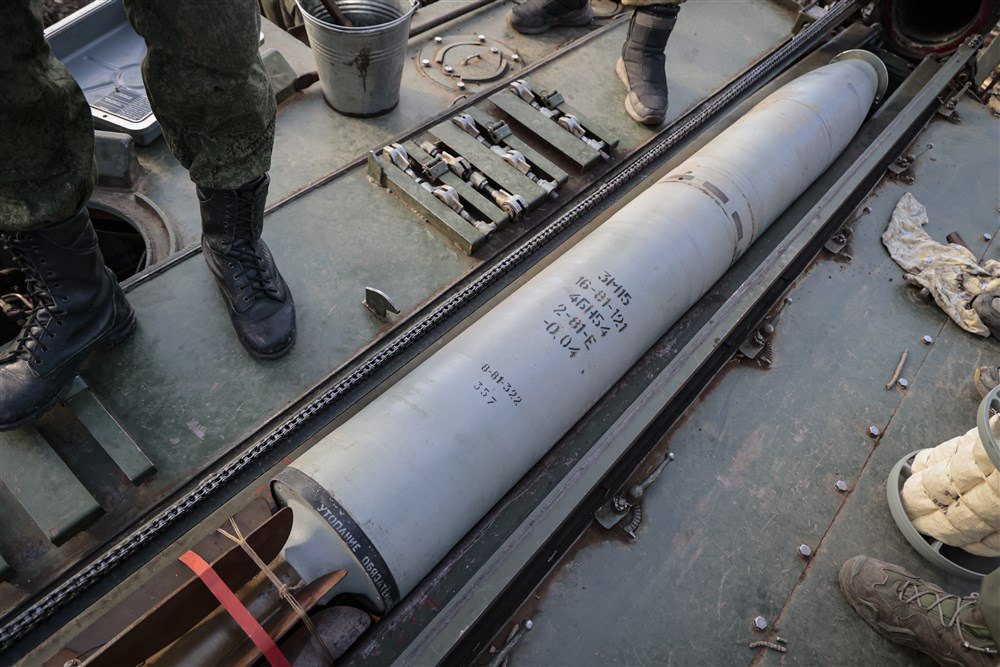
What may happen in the near future?
- The enemy may attempt to use its gains north of Soledar as a launching pad for attacks northeast towards Siversk, potentially to overwhelm Ukrainian defences on the right bank of the Siverskyy Donets River. Another solution would be to try to reach Bakhmut by advancing along the T1302 road;
- The withdrawal of the Ukrainian Armed Forces from Soledar did not shake the resilience of the Ukrainian defence, but the entry of Russian troops into the area allows them to act in two ways: to advance on Siversk or to try to capture Bakhmut from the north;
- The group deploying in Luhansk Region will move from the Kreminna-Svatove line towards Lyman and Kupyansk;
- The Ukrainian Armed Forces' hold on Bakhmut depends on their resilience in holding their positions along the Yahidne-Berkhivka-Zaliznyanske-Vasyukivka and Ivanivske-Stupochky lines along the T0504 road;
- The Ukrainian Armed Forces will be forced to retreat from Bakhmut if the enemy breaks through to the Berkhivka Reservoir or cuts the T0504 highway and starts an assault on Chasiv Yar;
- The withdrawal of the Ukrainian Armed Forces from Bakhmut will allow the enemy to reach the Slovyansk-Kramatorsk agglomeration, i.e. the most powerful defence node of the Ukrainian Armed Forces in the east - Druzhkivka - Kostyantynivka - Kramatorsk - Slovyansk.








